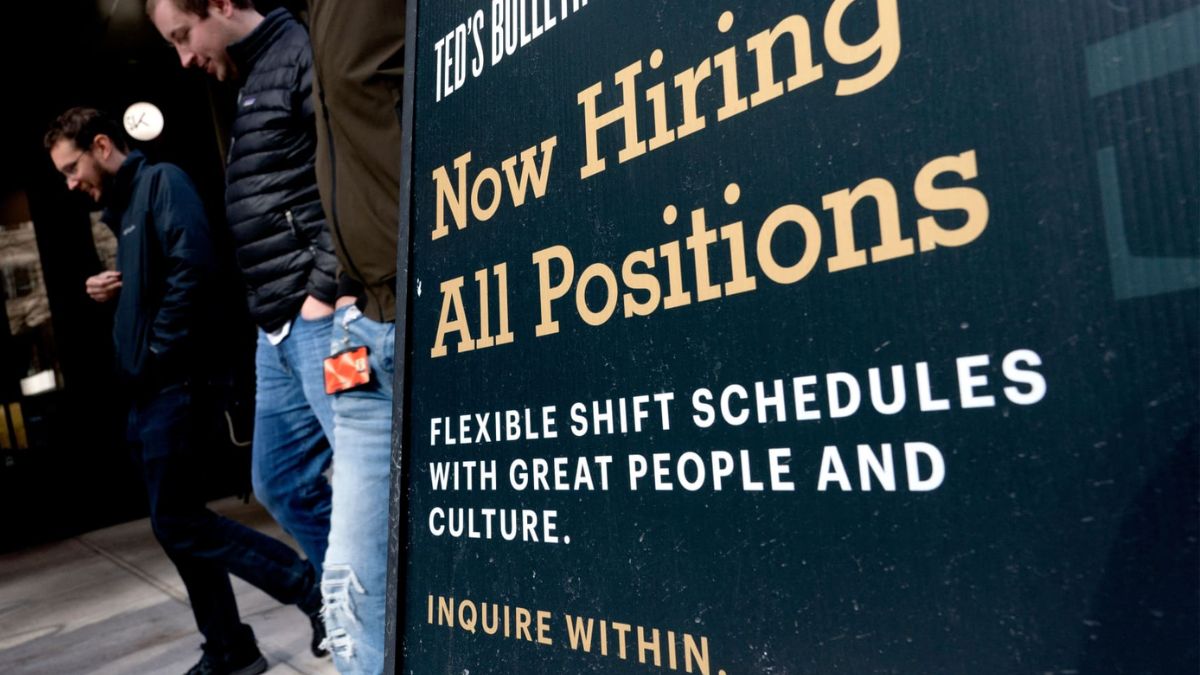 Image Credits - CNBC
Image Credits - CNBC
Advertisement
The U.S. labor market displayed signs of slowing growth in August, adding 142,000 jobs, as reported by the Bureau of Labor Statistics on Friday. This figure, weaker than anticipated for the second consecutive month, coupled with downward revisions for the previous two months, points to a more tempered pace of employment growth.
The unemployment rate edged down to 4.2 per cent in August, from 4.3 per cent in July. However, the revisions for June and July, which adjusted the job gains downward by a combined 86,000 positions, suggest a cooler trend in employment. The three-month average for job additions now stands at 116,000, a significant drop from the average of 202,000 jobs per month observed in the year before last month.
Despite the slower job growth, wage data presented a more nuanced picture. Average hourly earnings increased by 0.4 per cent in August, marking a 3.8 per cent rise from the previous year. Additionally, the average workweek lengthened slightly, indicating that while the pace of hiring has slowed, workers are receiving more hours.
This latest employment report arrives at a critical juncture for the Federal Reserve, which is poised to make its first interest rate cut since the pandemic-induced downturn of 2020. Fed Chair Jerome H. Powell has indicated a potential shift in focus from inflation—now significantly reduced—to the overall health of the labor market. The central bank is expected to lower interest rates in mid-September, though the extent of the reduction remains uncertain.
Federal Reserve officials are likely to scrutinize the August jobs data closely as they prepare for their decision. The mixed signals from the report present both reassuring and concerning elements for policymakers. While the slight decrease in unemployment provides some comfort, the slower hiring and downward revisions underscore a job market that is slowing but not collapsing.
Since the Fed began raising interest rates in 2022 to counteract rapid inflation and overheated economic conditions, they have aimed to balance the labor market and economic sustainability. The recent cooling of inflation has made officials more cautious about their approach, as they seek to avoid derailing the economic recovery while fostering a stable job market.
